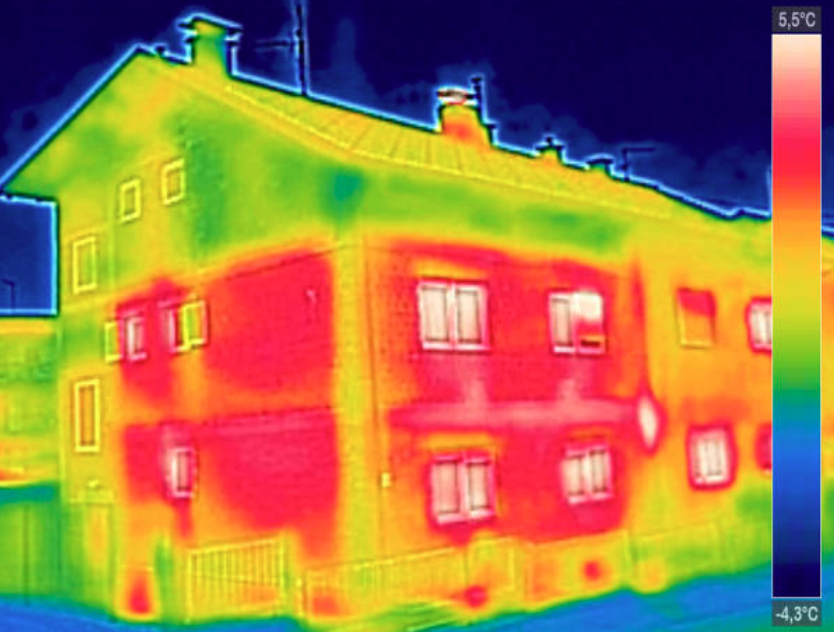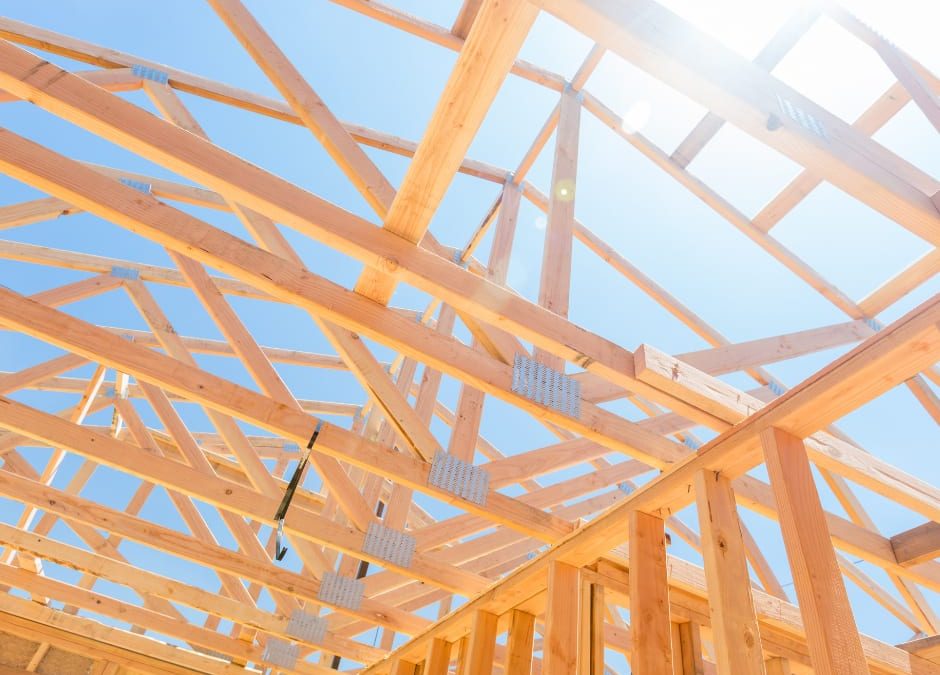The construction world has become increasingly focused on energy efficiency as we move towards more sustainable building practices.
At the core of this approach are R-values and thermal bridging, concepts fundamental to the long-term energy efficiency of any structure.
Understanding these aspects is critical to maintaining a comfortable, sustainable, and cost-effective building outcome for clients and customers, which is where ATI can help with our revolutionary new Cavi-Break Strip.
The Australian Thermal Industries (ATI) Cavi-Break Strip has a class-leading R-value of 0.58m² K/W, which is almost three times the minimum NCC requirement, offering a considerable contribution to the overall R-value of external wall construction.
Understanding R-values
Without getting bogged down in complexities, R-value is defined as the measurement of a material’s thermal resistance or its ability to prevent heat from flowing through it. The higher the R-value, the better the insulation properties of the material.
In residential buildings, insulation materials with high R-values are employed in walls, roofs, and floors to keep heat in during the colder months and to keep it out during warmer periods.
A house with high R-value insulation will maintain a more consistent interior temperature and reduce the need for artificial heating and cooling, leading to significant reductions in energy consumption and cost.
The Impact of Thermal Bridging
The caveat is that even the highest R-value insulation may not achieve the desired level of energy efficiency if thermal bridging is present. Thermal bridging is an unintended path of heat flow through an envelope between the outside and inside of a building, taking the ‘path of least resistance’. This may occur where there is an interruption in the insulation or where materials with high thermal conductivity are used.
A common example of thermal bridges are steel frames used in the construction of a residential home, as these structural members have lower R-values than the insulation installed between them. Heat flows through the steel frame more readily than the surrounding insulation, negating the effect of the insulation – as the steel frame acts as a thermal bridge.
The Role of Thermal Breaks
A thermal break is a low thermal conductivity material installed in a wall, which prevents thermal bridging. The thermal break removes the ‘easy pathway’ for heat flow, restoring the high thermal efficiency of a building.
Thermal breaks like the Cavi-Break Strip work together with high R-value insulation to contribute to a building’s high overall thermal efficiency. A quality thermal break solution in walls and roofs will ensure the high R-value of your building is not degraded by thermal bridging.
The future of thermal efficiency is here
As home and building owners become more educated about energy efficiency and more invested in sustainable living, the building industry is rapidly scrambling to offer better thermal efficiency.
The Cavi-Break Strip has made it easier than ever for builders to improve the thermal efficiency of a structure, without adding significant costs or time requirements. It’s never been simpler.
Thermal breaks in steel framed buildings are required under the NCC, with thermal breaks needing to have a minimum R Value of R0.20. Cavi-Break Strips have been independently tested in Australia to consistently return results of R0.58 – exceeding required NCC values.
After extensive consultation with industry-leading builders who also understand the importance of thermal breaks, the ATI team developed the Cavi-Break Strip – the world’s most versatile, cost-effective and simple solution yet.
To find out more about ATI you can connect with us on LinkedIn or contact us here.



